The first questions a person who wants to start cycling asks are: What size bike do I need? What size should I get for my daughter? In some cases the answer is simple, but other questions are more difficult because, as with clothing or shoes, there isn’t one standard size guide for all brands and we’ll run the risk of making a mistake unless we double check it. Bike sizing can vary even within the same brand, depending on the design and geometry of the bike and the discipline it’s designed for.
The good news is that all brands provide their size guides to help you find the right fit. Moreover, some online sellers offer personalized help based on specific body measurements for people looking to buy a bike.
Even so, let’s answer some frequently asked questions about bike sizes:
- What size bike do I need?
The rule of thumb is that your height determines the size you need and is your point of reference when checking the brands’ size charts.
Most brands determine the frame size by the length of the seat tube. They can be shown in cm (48, 50, 52…), inches (17, 19…) or as sizes (XS, S, M, L…). Inches are more common in mountain bikes, as the first MTBs were made in the USA. However, nowadays most brands choose to use letters instead of numbers in order to standardize the sizes among their own models and not to confuse the user. There is one classic way that can help you choose the bike size: by measuring a standover height. It is the clearance between the top tube of the bike and your crotch when standing in front of the saddle. The clearance should be between 2 cm and 5 cm.
- What measurements do I need to find my size?
We have already mentioned that height is important but if you want to know your size more accurately you must measure the length of your inside leg: take off your shoes, stand on your feet and, with your legs straight, measure the distance from the floor to the crotch. To make it easier, place a book between your legs.
To get your size on a mountain bike, multiply this measurement by 0.21 to obtain a size in inches or by 0.54 to obtain a size in cm.
For a road bike, multiply this measurement by 0.665 to obtain a size in cm.
- What if my measurement is between two sizes?
In this case you can measure your arm span (the length from the fingertip of one hand to the other with your arms raised parallel to the ground at shoulder height at a 90° angle). If it’s longer than your height, choose the bigger size, if it’s shorter, choose the smaller one.
Luckily, this can be “easily” solved using a longer or shorter stem or a seatpost with or without a setback.
- Is bike sizing different for women?
The size will also be based on your height and you should follow the general recommendations mentioned here above.
The frame sizes of women’s bikes are the same as unisex ones. There are women who feel more comfortable on a women’s bike because of its specific components, geometry and slightly smaller wheels, while other women choose unisex models.
- How to choose the right size of a kids’ bicycle?
There are three things to bear in mind: the height and age of the child, and the fact that on kids’ bikes the wheel measured in inches determines the size of the bike. In a nutshell:
For the youngest (children between 2 and 4 years old with a height between 85 and 105 cm) it will be a 12” wheel push bike.
Then, there are the 14″ bikes, with pedals and optionally with training wheels, designed for children between 3 and 6 years old and heights between 95 and 115 cm.
2 inches more and we have the 16″ bikes, practically the same as the previous ones but a little bigger, to be used up to 7 years old and heights around 100-135 cm.
The next step will be the 20″ bikes for 6-10 year-olds, at most 140 cm tall. They no longer come with training wheels. The last specific size is a 24″ bike for children older than 9 and over 135 cm tall.
- What does a 26-inch bicycle mean?
A 26-inch bike refers to the wheel size, not the frame size. Therefore we are not talking about the size of the bike. The same goes for 27.5″ or 29″ bikes. In all three cases we are always talking about mountain or hybrid bikes.
- Does frame size matter?
Yes and no. The size of the frame defines the size of the bike and while it’s crucial to use the right one to ride comfortably and handle the bike well, it is also true that we can use other components to adjust a slightly undersized or oversized bike. Only slightly though. If you’re a size L it makes no sense to choose an S bike, or if you’re between a S and M, it would be a bad decision to choose an L.
- Where do I find the size of a bicycle?
The bike size is usually painted or glued on the top tube or the seat tube where you will see a number in cm or inches, or a letter. If there isn’t any, use a tape measure to check the length of the seat tube: that’s your bike size.
- Do I have to be able to reach the ground with my feet?
If you’re a beginner then YES, it is recommended to be able to easily put your feet on the ground while on the saddle. It’s not the optimal position but it is the safest. Later, with more confidence and skill, you can raise the saddle and only reach the ground with your toes.
- I feel confident on a bike. How high do I set the saddle?
You should use your inside leg length as mentioned above and multiply it by 0.88. You’ll get the distance between the bottom bracket (the center point where the cranks rotate) and the highest point of the saddle.
You can also do it old school. Get on the bike, put your heel on the pedal at its lowest position. At that point your leg should be almost completely straight. If you can’t reach it, the saddle is too high and if the leg is bent, you’ll have to raise the saddle. - I can’t figure it out, I don’t have a measuring tape, it’s too confusing, I need help…
Go to your local store. Describe your physical condition (fitness, flexibility, injuries, etc.) to the salesperson and tell them what you’ll use the bike for. They can give you some advice and, depending on the store, you might be able to try out several models and sizes before you choose the perfect one.
If you are going to spend a lot of money on a bike, it’s crucial to get the seller’s advice or have a biomechanical analysis carried out. Seller’s assistance and bike testing in a store are free, and the price of a biomechanical analysis starts from 100€.
Finally, it’s important to get the frame size right but bikes are not tailor-made. With use and practice you can fine-tune the bike to your measurements or needs by moving or changing the height and/or length of the stem, handlebars, seatpost and saddle. After all, it’s the bike that should adapt to you and not the other way round.
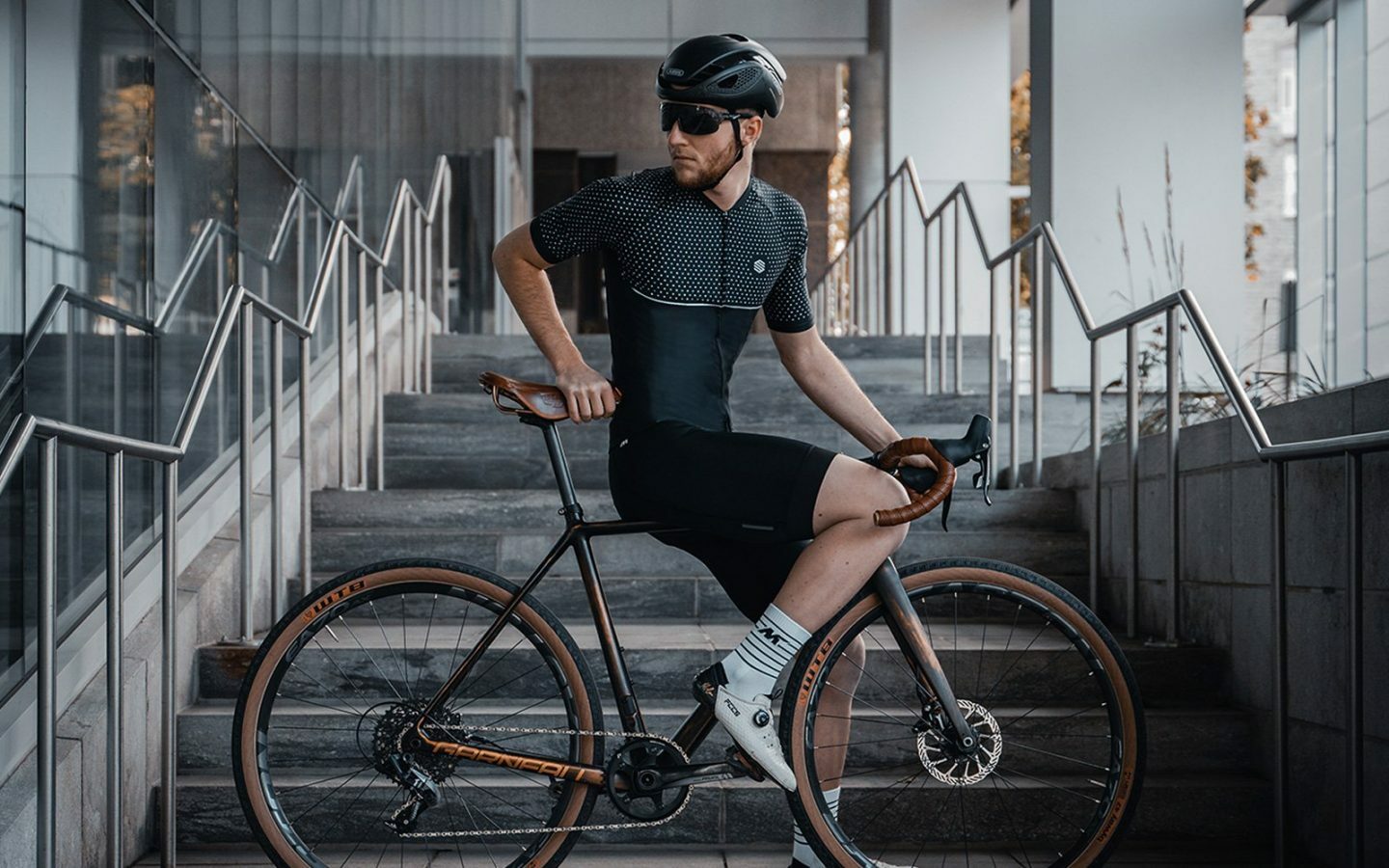
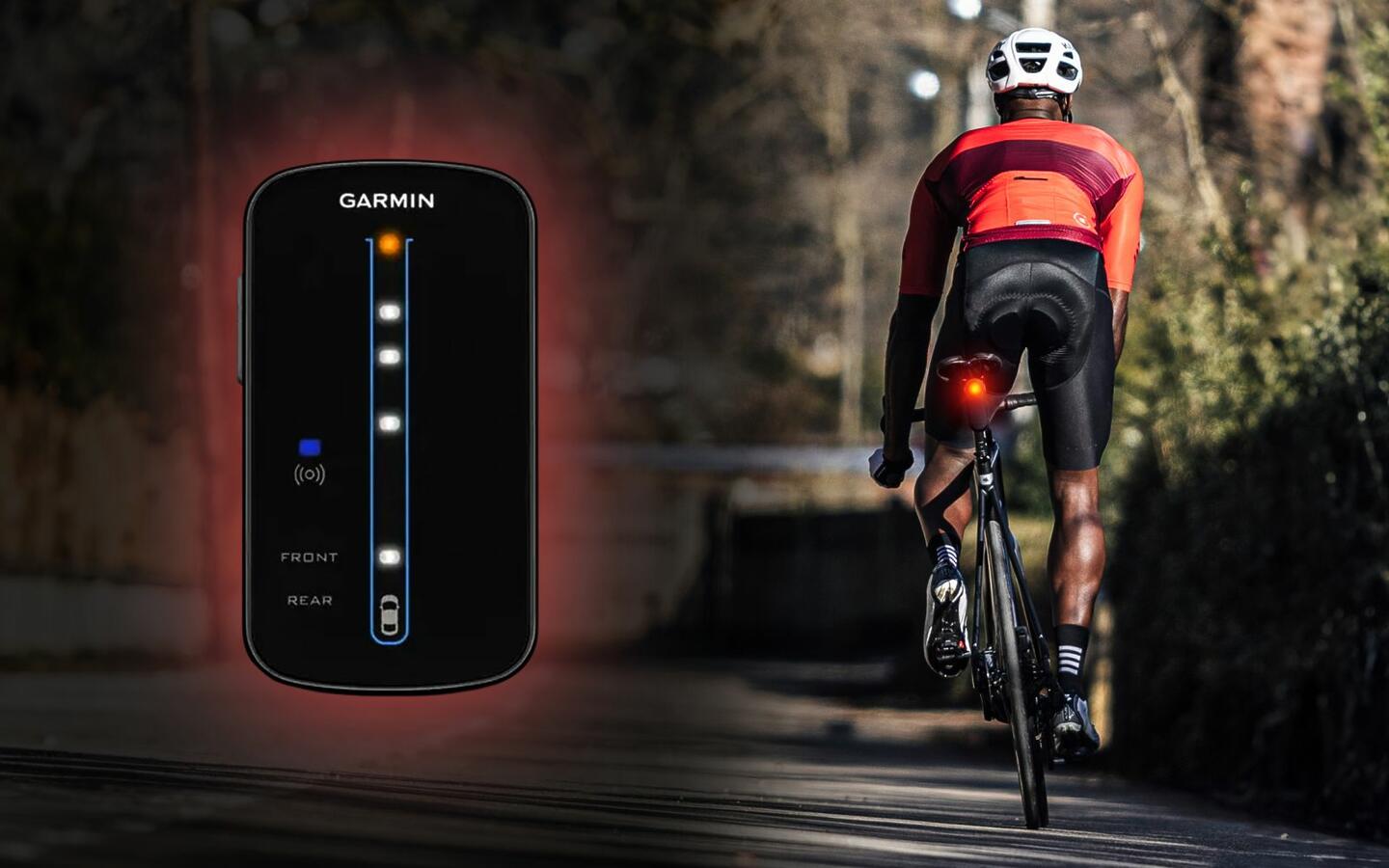
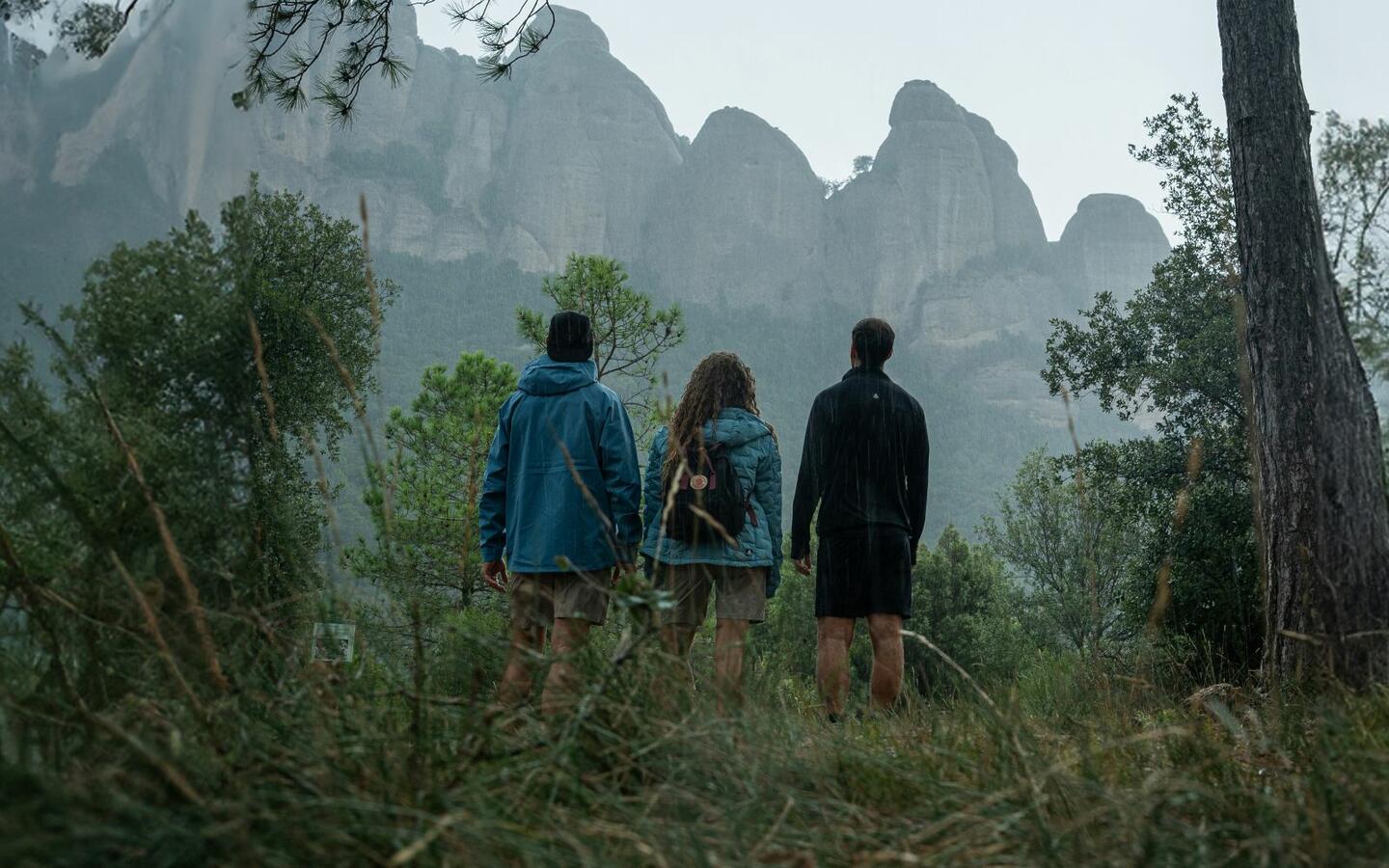
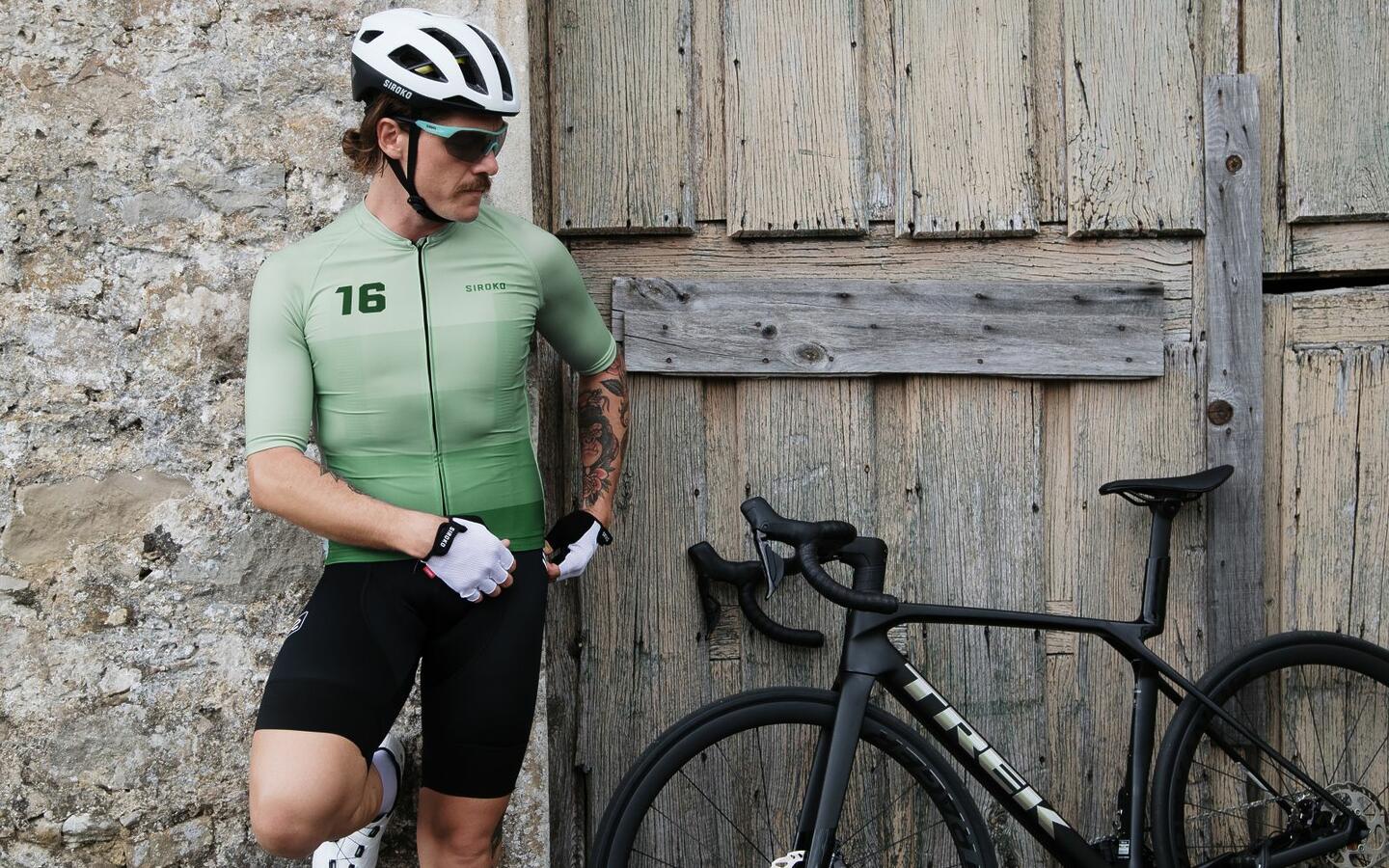
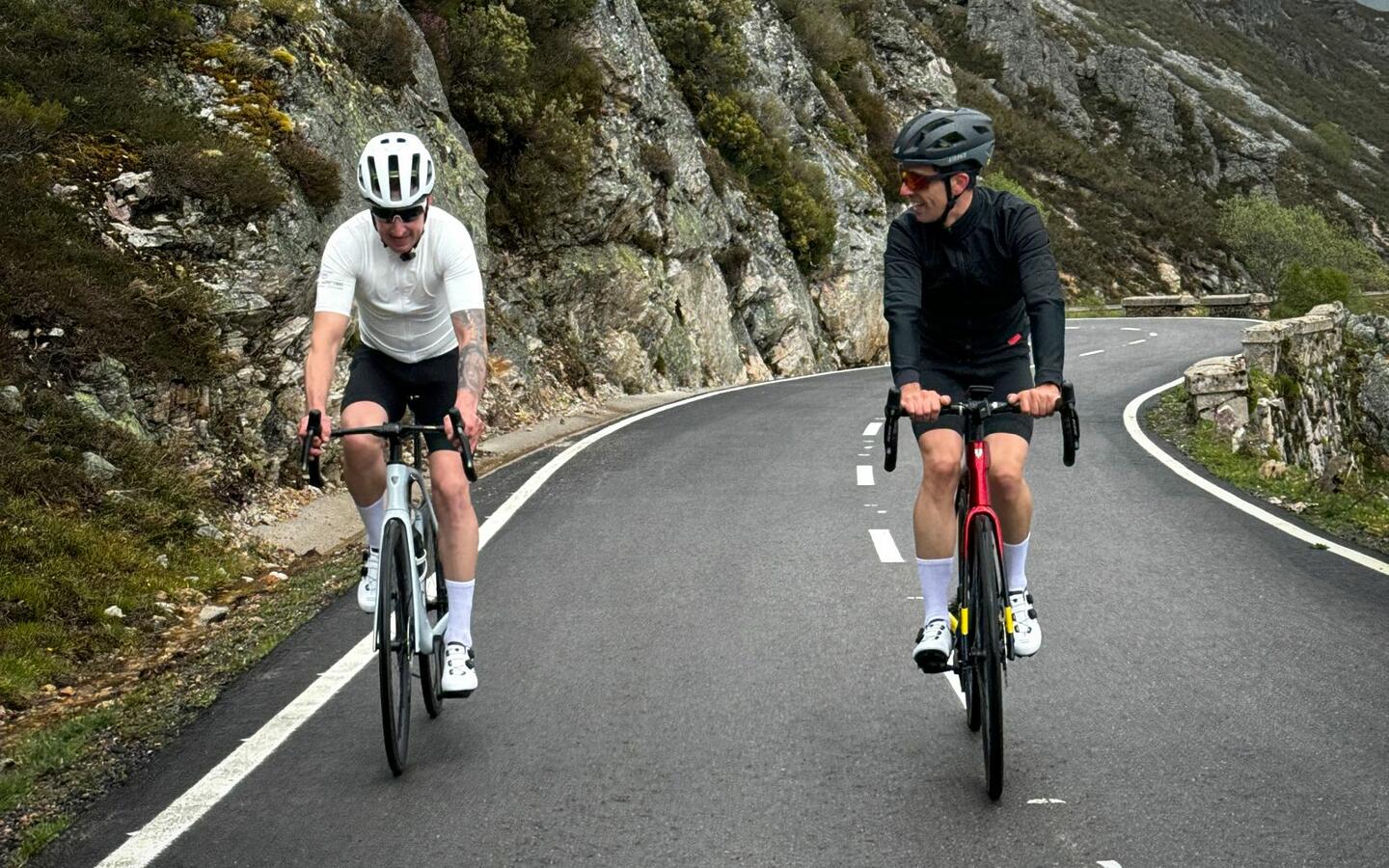
**by 2.54 to obtain a size in cm.**